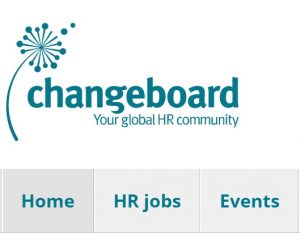 Imagine you are watching a boat of eight rowers training for a big race in the middle of a lake. You hear the whistle blow, and puzzled by what you’re seeing, you ask the coach: “It doesn’t seem that the boat is moving”. To what the coach replies: “It’s because I haven’t explained you what’s going on in the boat. You can’t see it from here, but the first rower is really rowing hard. The five behind are splashing the oars so that the first chap thinks they are working hard. And the last two, well, they are rowing hard… but in the opposite direction. So you say the boat is not moving? Well, that’s what we call a good day, because usually it goes backwards.”
Imagine you are watching a boat of eight rowers training for a big race in the middle of a lake. You hear the whistle blow, and puzzled by what you’re seeing, you ask the coach: “It doesn’t seem that the boat is moving”. To what the coach replies: “It’s because I haven’t explained you what’s going on in the boat. You can’t see it from here, but the first rower is really rowing hard. The five behind are splashing the oars so that the first chap thinks they are working hard. And the last two, well, they are rowing hard… but in the opposite direction. So you say the boat is not moving? Well, that’s what we call a good day, because usually it goes backwards.”
Is this metaphor truthful? Consider the research that only 2% of companies significantly outperform their competition over a period of a decade, and just 1% survive forty years without either going bankrupt or being acquired.
Indeed, most of the companies want to become champions and yet very few succeed. This mystery drove four years of research that brought my co-author Brian Carney and me close to thirty very different companies which we called “liberated”. A liberated company is one in which employees are free and responsible to take actions that they – not their bosses, not procedures, decide are the best for the company. Of course, they aren’t former prisons, but the two key ingredients of performance, employee initiative and potential, which are stifled in a traditional command-and-control company, are freed up in liberated companies.
Read the full article here
